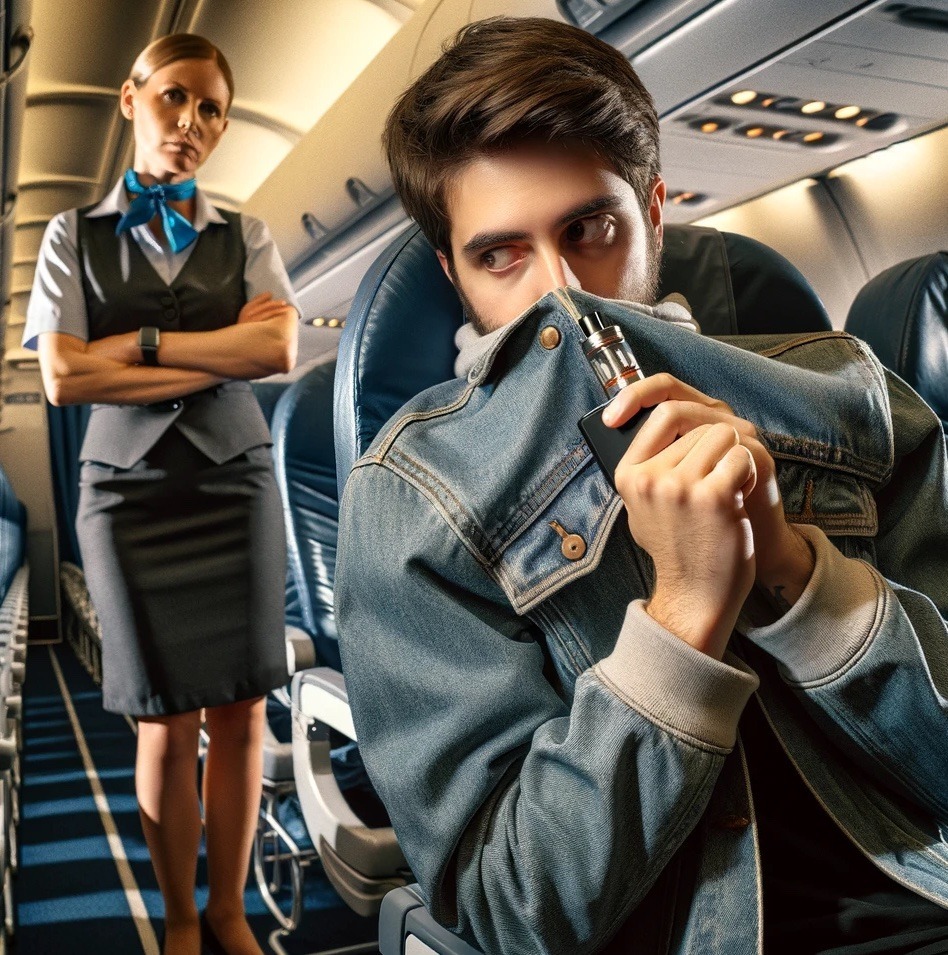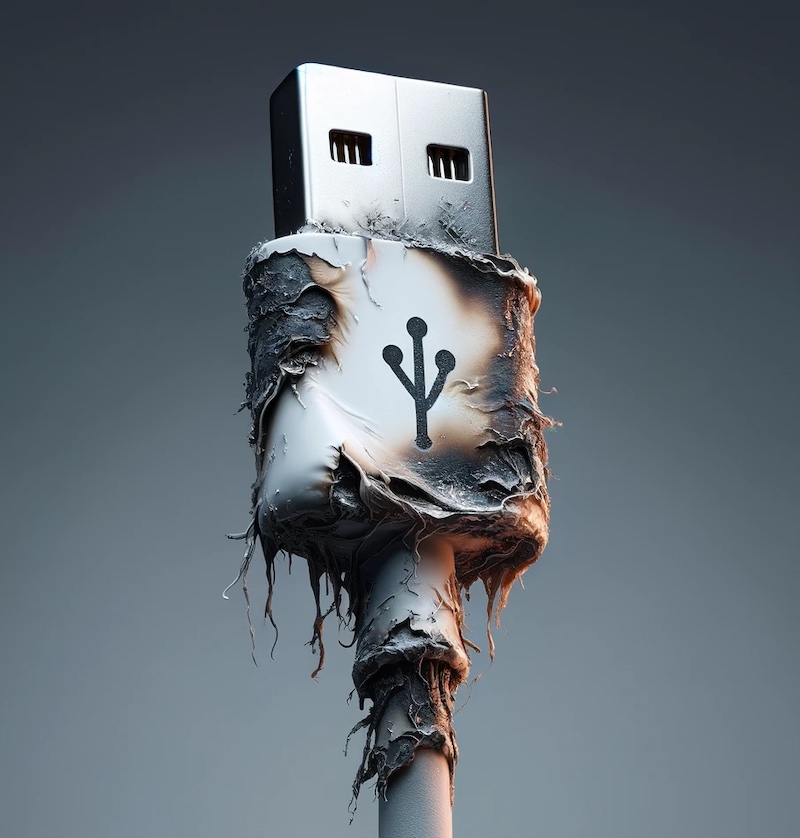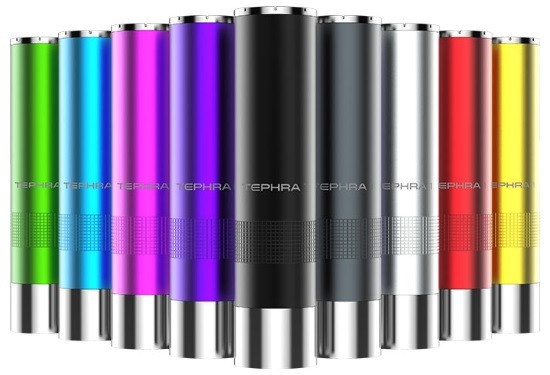In an era where vaping has emerged as a popular alternative to traditional smoking, questions about where it’s permissible to vape have become increasingly relevant. Among these questions, one of the most commonly asked is whether it’s allowed to vape on an airplane. This article delves into the regulations surrounding vaping on flights, the reasons behind these rules, and the potential consequences of violating them.
Revolutionary New Disposable Vape
The new Lost Mary MT15000 lasts up to 15,000 puffs and features the incredible new Pulse Mode that allows you to get double the vapor on demand. A front display shows the device's e-liquid supply and battery life at a glance. Try the Lost Mary MT15000 Sample Pack, which includes three different flavors, for just $39.99. Take an additional 20% off with the coupon code VAPEGRL.
The Absolute No-Vaping Rule on Flights
Let’s get straight to the point: there is absolutely no vaping allowed on any commercial flight, regardless of the airline or the destination. This rule is non-negotiable and is enforced strictly by all airlines. Attempting to “stealth vape” or sneak a puff in the bathroom is not only against airline policies but is also illegal and could lead to significant penalties, including fines and bans from airlines. Modern airplanes are equipped with sensitive smoke detectors, especially in lavatories, making it almost certain that you will be caught if you attempt to vape.
The Risks of Stealth Vaping on Planes
Trying to vape discreetly on a plane poses serious risks. Aside from setting off smoke alarms, which could lead to an emergency situation, being caught can result in criminal charges, fines, and being placed on no-fly lists. The consequences extend far beyond the duration of your flight, potentially impacting your ability to travel in the future.
Understanding the Regulations
Virtually all airlines around the world and aviation authorities have strict policies prohibiting the use of e-cigarettes or vaping devices on airplanes. This includes both in the cabin and the lavatories. The regulations are enforced by various aviation bodies, including the Federal Aviation Administration (FAA) in the United States, the European Aviation Safety Agency (EASA) in Europe, and the International Civil Aviation Organization (ICAO) globally.
The FAA explicitly prohibits the use of electronic smoking devices on commercial flights, a stance that is echoed by individual airlines in their passenger conduct policies. Similarly, EASA provides guidance to EU airlines, advising against the use of such devices on board. The ICAO, while not directly regulating passenger behavior, sets forth standards and recommended practices for air safety, which member states and airlines follow, including policies on smoking and vaping.
The Rationale Behind the Ban
The primary reason for the universal ban on vaping aboard aircraft is safety. The lithium-ion batteries that power e-cigarettes have been known to pose a fire risk. There have been incidents of these batteries overheating or even catching fire, a risk that is deemed unacceptable in the confined space of an aircraft cabin.
Additionally, the vapor produced by e-cigarettes, although not as harmful as cigarette smoke, still presents concerns in the enclosed environment of an airplane. The World Health Organization (WHO) has indicated that e-cigarette vapor can contain harmful substances, which may affect not only the user but also other passengers and crew members through passive exposure.
Moreover, allowing vaping on planes could lead to ambiguity and enforcement challenges regarding smoking policies. It could potentially undermine the progress made in protecting passengers and crew from the health risks associated with exposure to tobacco smoke.
Consequences of Violating the No-Vaping Policy
Violating the no-vaping policy on an airplane can lead to serious consequences. Passengers caught vaping can face immediate repercussions from the airline, including being reprimanded by the flight crew, fines, or even being detained upon landing. In more severe cases, violators can be banned from flying with the airline in the future.
Legal consequences can also arise, depending on the jurisdiction. In some countries, violating aviation regulations, such as smoking or vaping on an aircraft, can result in hefty fines, criminal charges, or both. The enforcement of these penalties is meant to underscore the seriousness of adhering to flight regulations designed to ensure the safety and comfort of all passengers and crew.
Packing Vapes, Batteries, and E-Liquid: TSA Rules
When it comes to packing your vaping equipment, the Transportation Security Administration (TSA) has clear guidelines. Here’s how you can pack your gear safely and in compliance with the rules:
- Vape Devices and Batteries: All electronic cigarette and vaping devices, including batteries, must be carried in your carry-on baggage or on your person. These devices are not allowed in checked luggage due to fire risk.
- E-Liquids: E-liquids are permitted in your carry-on luggage but must adhere to the TSA’s liquid rules. This means each container must be 3.4 ounces (100 milliliters) or smaller and must fit within a single, clear, quart-sized bag along with your other liquids.
- Spare Batteries: Spare lithium batteries must also be carried on and not checked. They should be protected from short-circuiting by placing them in original retail packaging, a battery case, or by taping over the terminals.
Finding Appropriate Smoking Areas at Airports
If you’re looking to vape before or after your flight, you’ll need to find designated smoking areas at the airport. Many airports around the world have specific zones where smoking and vaping are allowed, often located outside the terminal buildings. However, these areas can vary widely from one airport to another, and some airports may not have any smoking areas at all. It’s a good idea to research the airport’s smoking policies ahead of time or ask airport staff for guidance upon arrival.
Vaping During International Layovers
If you have a layover at an international airport and the airport doesn’t have a smoking area inside the security perimeter, you’ll face the inconvenience of having to go through customs, enter the country to vape, and then go through security again to reenter the airport. This process can be time-consuming and may not be feasible depending on the length of your layover. Additionally, the rules and regulations regarding vaping can vary significantly from country to country, adding another layer of complexity to the situation.
Alternatives to Vaping: Managing Nicotine Cravings
One practical solution to manage nicotine cravings during flights and layovers is to consider alternative nicotine products, such as nicotine gum or patches. These alternatives are travel-friendly and can be used discreetly without breaking any rules or causing inconvenience to others. Having an alternative nicotine product on hand can eliminate the need to find a smoking area and reduce the hassle of going through customs and security checks during international layovers.
Navigating Through the Smoke: Tips for Vapers
For those who vape and are planning to fly, it’s important to be aware of how to manage your vaping device while traveling:
- Pack Smart: Most airlines allow e-cigarettes and vaping devices to be carried in carry-on baggage or on your person, but not in checked luggage. This is due to the potential fire hazard posed by lithium batteries.
- Battery Safety: Ensure that your device is turned off and, if possible, disassemble it to prevent accidental activation. Battery terminals should be protected to avoid short circuits.
- Abstinence: Prepare for your flight by planning other ways to cope with nicotine cravings. Nicotine replacement therapies, such as patches or gum, can be an alternative during your journey.
- Know the Law: Familiarize yourself with the regulations of the airline you are flying with and the local laws of your destination regarding e-cigarettes.
Final Thoughts
Understanding and adhering to the strict no-vaping policies on flights and at airports is crucial for a smooth and stress-free travel experience. While the rules may seem restrictive, they are in place for the safety and comfort of all passengers. By planning ahead and considering alternative nicotine products, you can manage your nicotine intake responsibly and avoid any potential issues during your travels. Remember, the key to a hassle-free journey is preparation and compliance with the rules. Safe travels!
 According to the Los Angeles Times, the United States banned smoking on all U.S. flights under six hours in 1990. Some airlines, such as Northwest, had already banned smoking on most flights in anticipation of the new regulation.
According to the Los Angeles Times, the United States banned smoking on all U.S. flights under six hours in 1990. Some airlines, such as Northwest, had already banned smoking on most flights in anticipation of the new regulation.






0 Comments